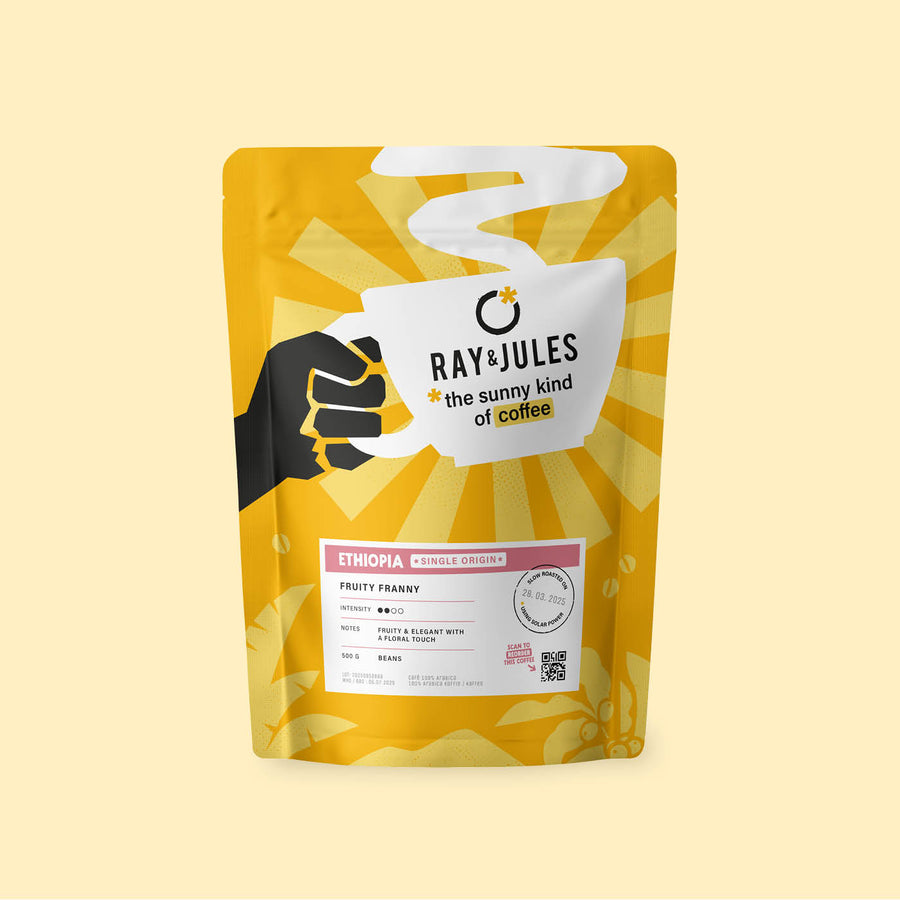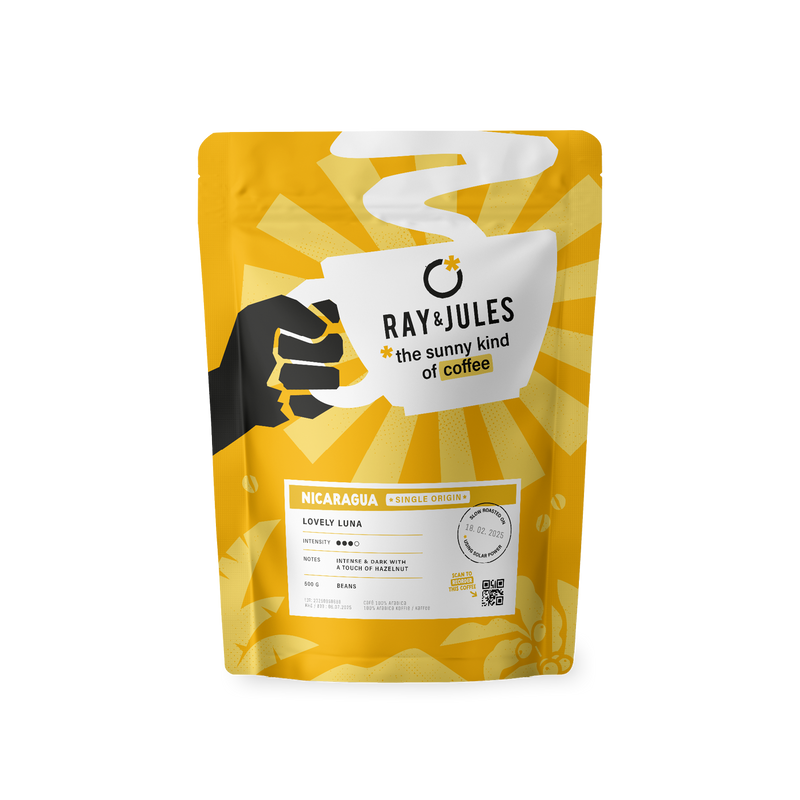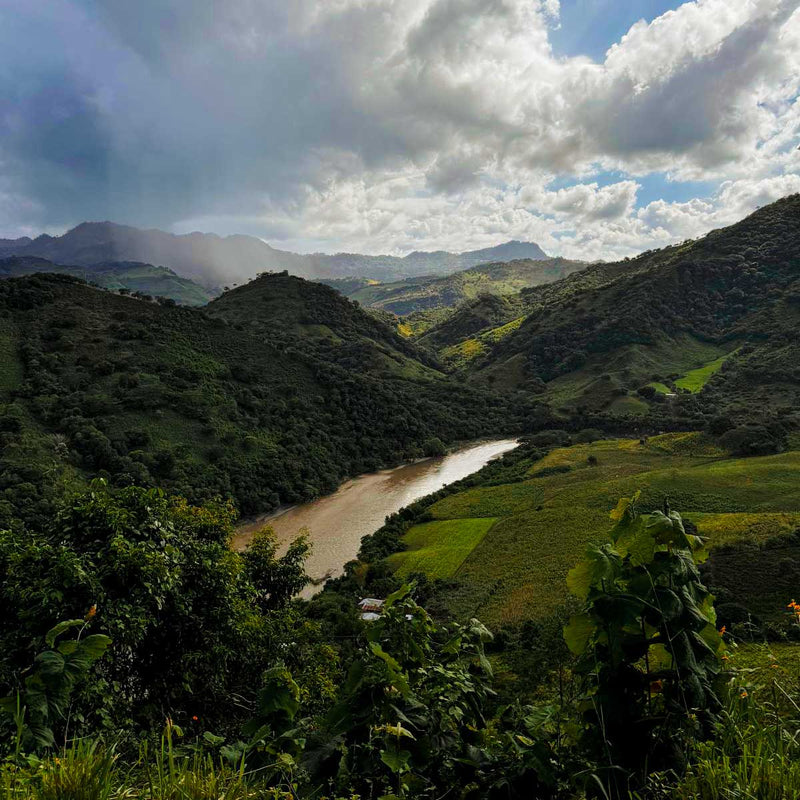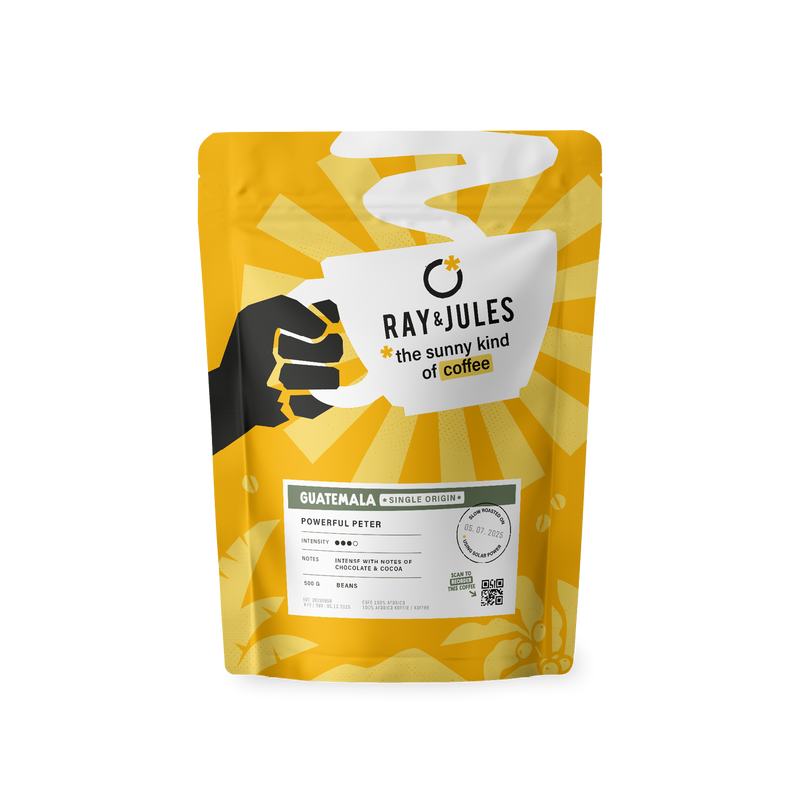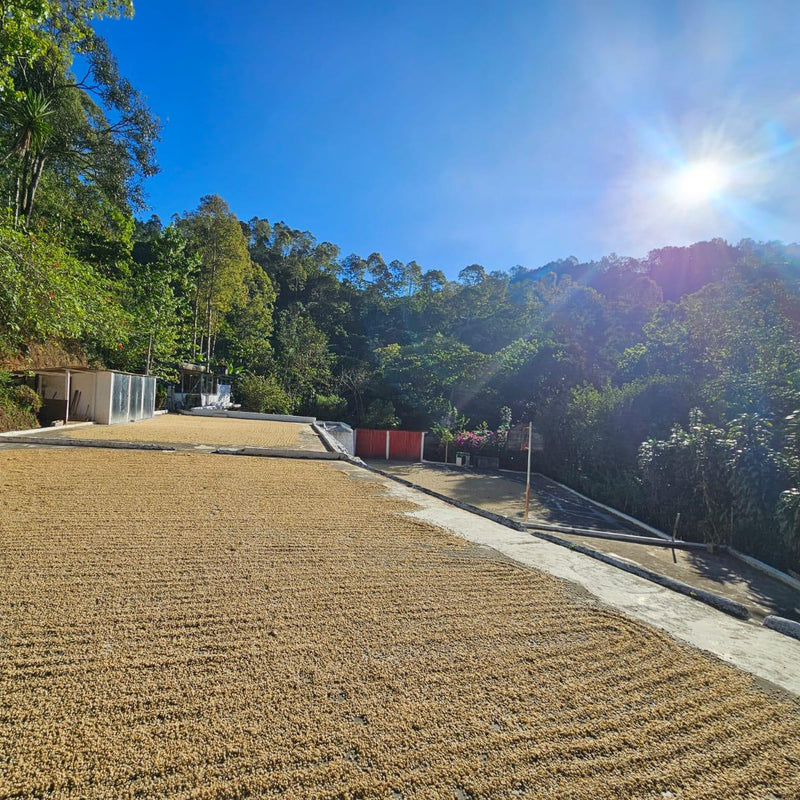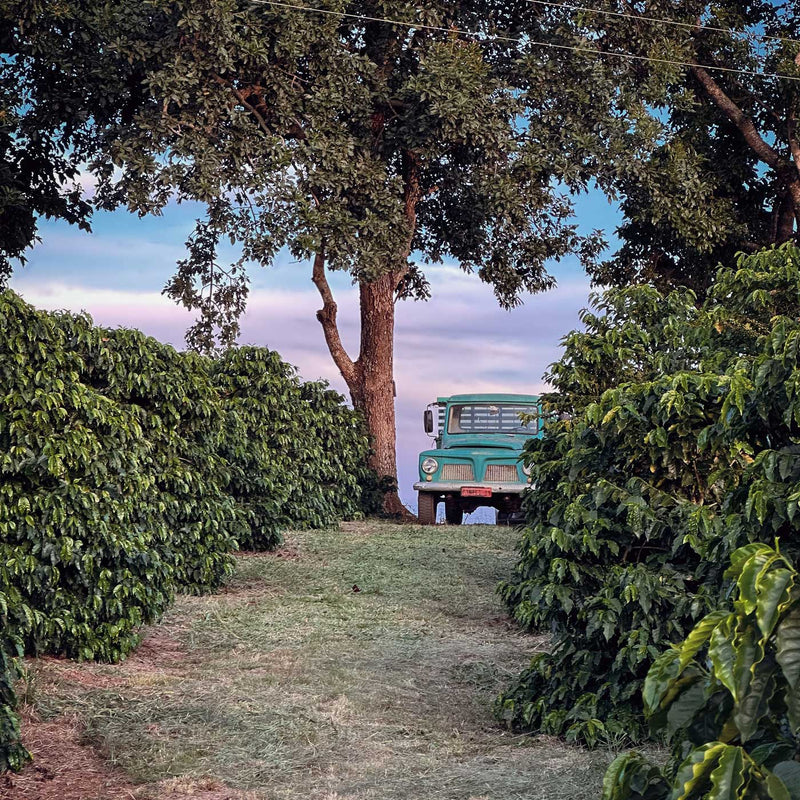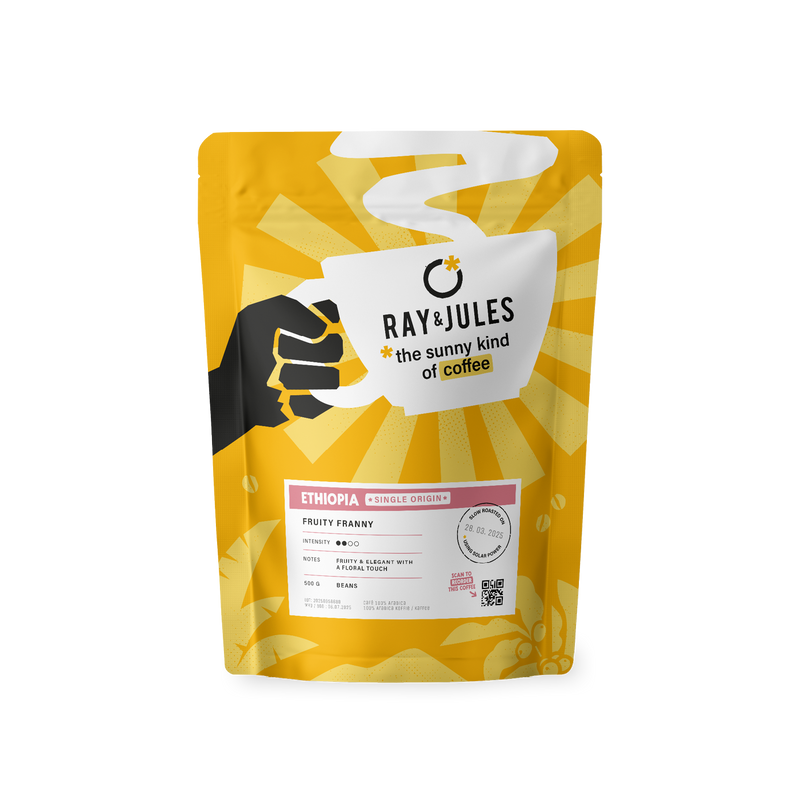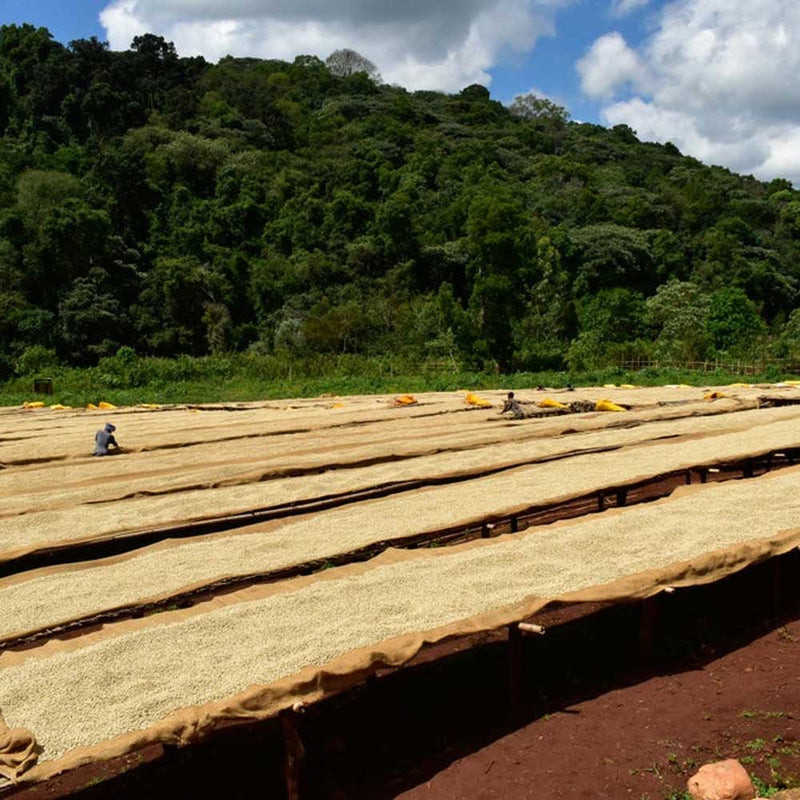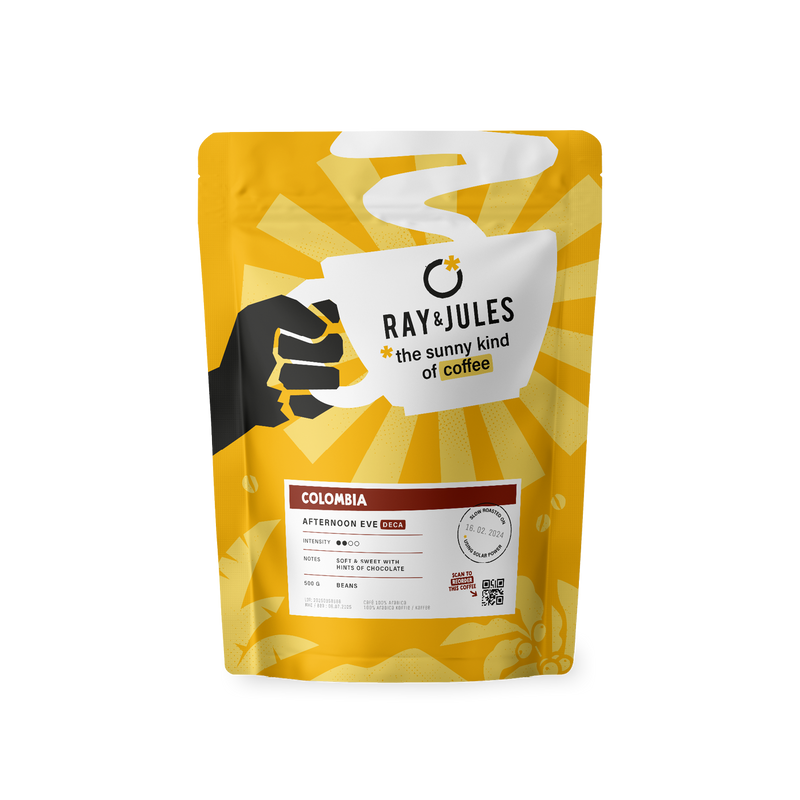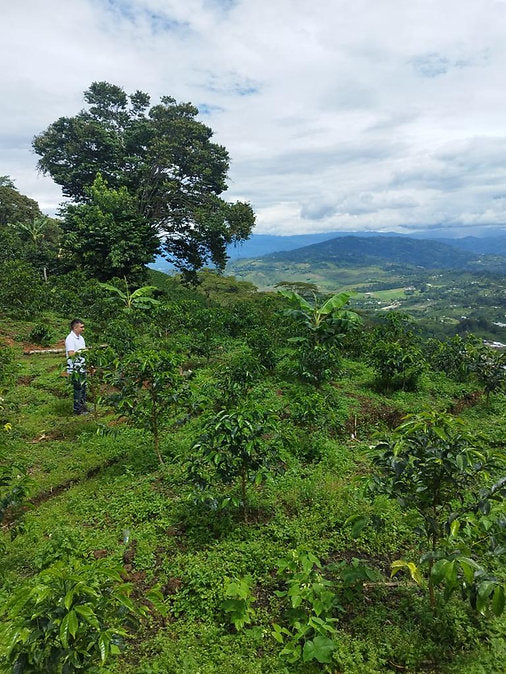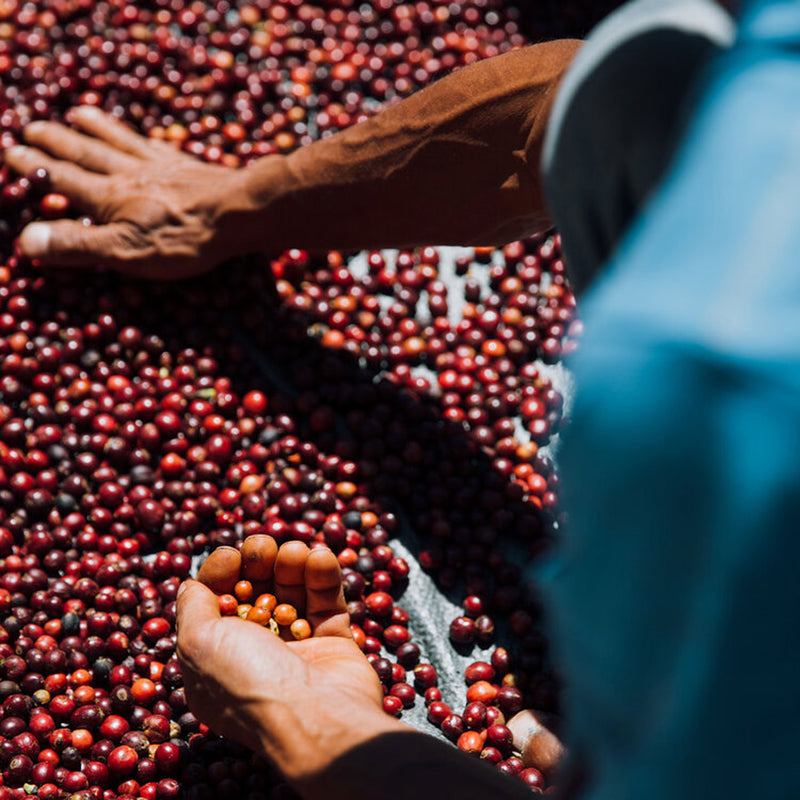the base: the green bean
The quality of the green coffee is the basis for a delicious cup. Even the best roaster cannot make magic coffee from bad beans. Coffee is a natural product that is influenced by many factors, such as soil, shade, sunlight, and climate, but also by how the coffee cherries are processed and stored. These variables, together with the roast, determine the taste, aroma and texture of the coffee that ultimately ends up in your cup.
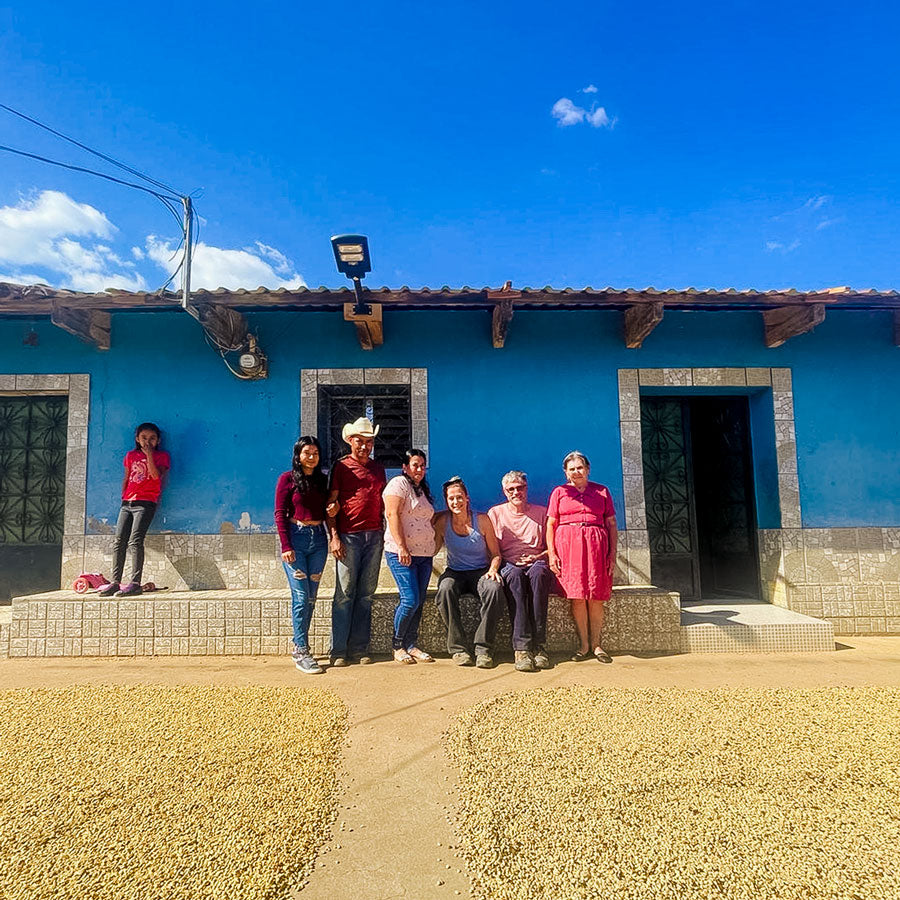
As a coffee roaster, we always remain dependent on the quality of the green beans. That is why it is essential to have direct contact with the farmers and to understand the entire chain. This way, we know exactly what risks there are and how we can monitor the quality. Our way of working together allows us to select the best possible beans.
In this blog post you can read more about how we approach these collaborations!
Samples & Scores
Before we buy a coffee, we always ask the seller for samples to test the quality in advance. We measure moisture and density values, inspect the color and smell, and assess the beans for defects such as broken and cracked beans, discoloration, mold, insect damage...
Often coffees have already been described and scored by Q-graders; professionals trained in tasting and assessing the quality of coffee beans. Ray & Jules systematically chooses coffees with a score higher than 82.
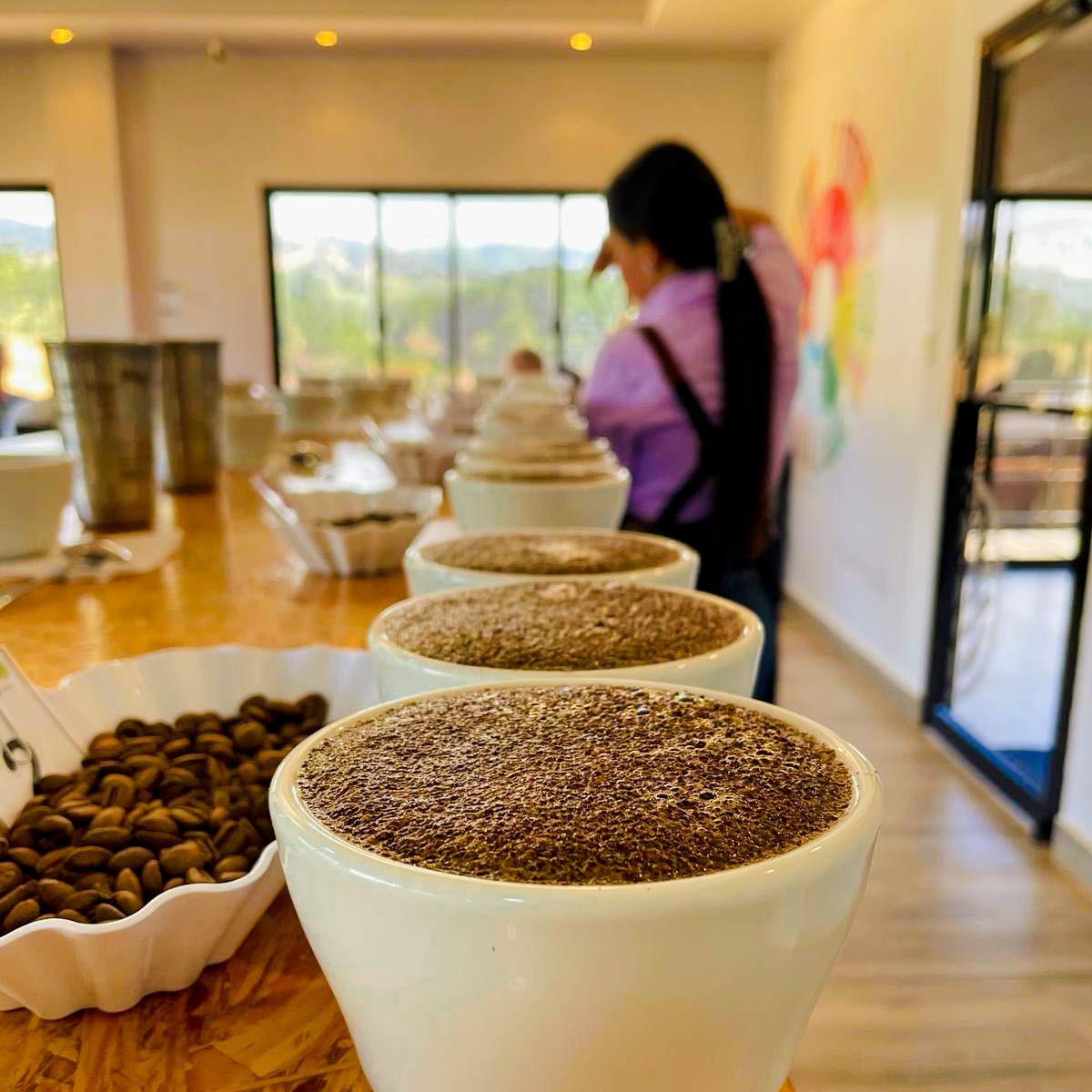
The art of cupping
Finally, we will 'cup' (= taste coffee) to judge the taste. This is similar to wine tasting, where different characteristics of the coffee are analyzed, such as aroma, taste, aftertaste, body...
The Speciality Coffee Association (SCA) developed a standardized method for this. Based on 11 criteria, coffee is tested in the same way all over the world. This makes cupping indispensable in the coffee industry to objectively assess quality.
If a coffee passes all our tests, we order it and wait for the most recent harvest...
the magic: the right roasting
Not only the green bean, but also the roasting plays a role. Did you know that you can completely ruin good quality green beans by roasting them incorrectly? Depending on the characteristics of the green coffee, we use a different roast profile or recipe to let the coffee come into its own. For example, higher-grown, denser beans will require a different roast profile than lower-grown, softer beans.
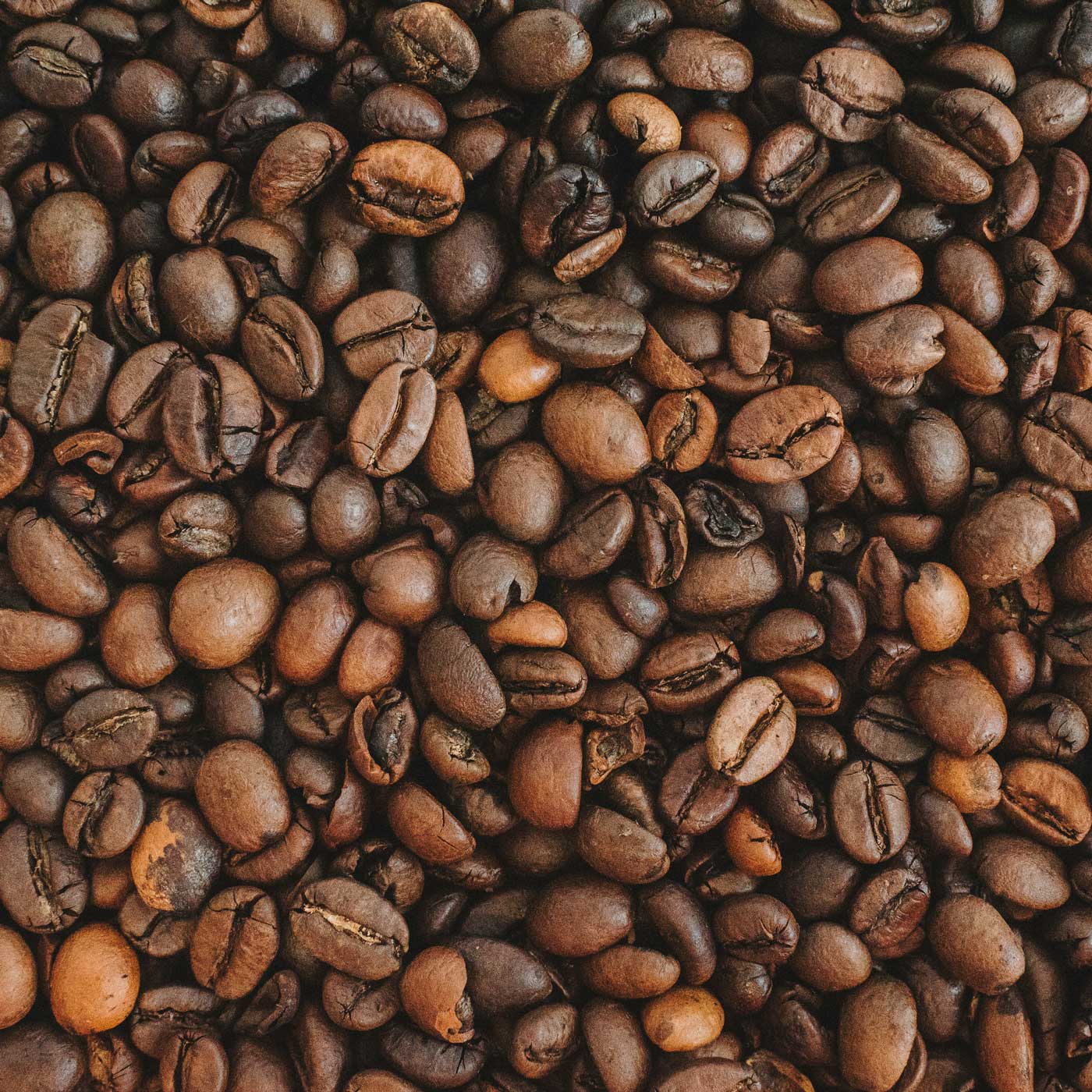
With each roast, we record the moisture content and the color of the beans. Measuring the color of the roasted coffee allows us to check whether the roasts are uniform and whether it is a light, medium or dark roast. In case of deviations, we analyze the recipe and adjust the roast where necessary. By repeatedly testing and tasting, we ensure that the taste of your favorite coffee remains consistent.
quality control never stops
At Ray & Jules, quality control never stops. Together with Adeline, a Flemish Q-grader, we not only choose new coffees, but we also permanently test our range. In this way, we can signal aging or adjust recipes. This way, you can enjoy a tasty cup of coffee with impact every day!
share the love for Ray & Jules
Do you enjoy sharing your favorite coffee with your friends, colleagues or family? Organize your own tasting session; choose a coffee mix and request free educational materials for your order.

